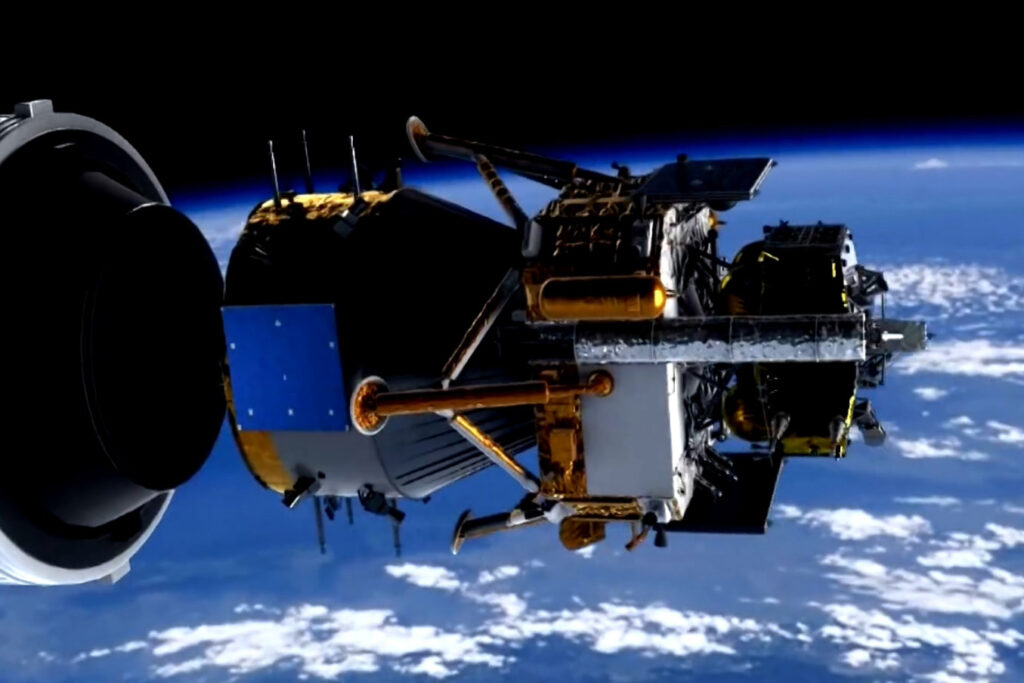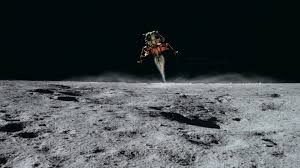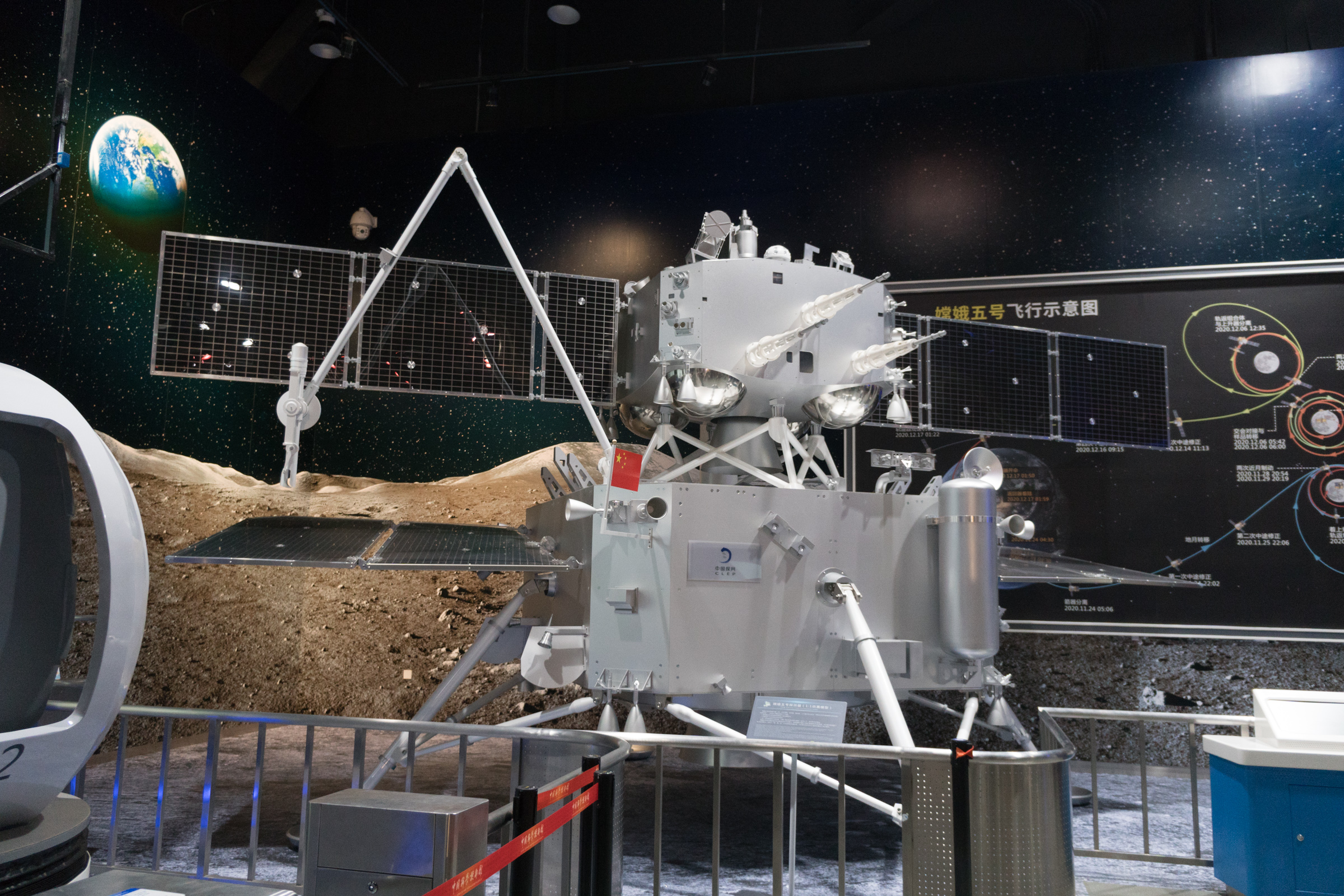🚀 In a groundbreaking discovery, China’s Chang’e 5 lunar mission has revealed evidence that the Moon might still be volcanically active, much more recently than scientists ever imagined. The lander’s collected samples, brought back in late 2020, could radically alter our understanding of the Moon’s geological history. 🌋✨
Volcanic Eruptions… on the Moon?! 🌑🌋
Tiny glass beads found in the samples suggest that volcanic eruptions could have occurred 123 million years ago, which sounds ancient—but, in the context of the Moon’s 4.5 billion-year history, it’s a mere blink! 😱 Previously, scientists thought volcanic activity had all but stopped long before the age of dinosaurs, but these findings challenge that belief, potentially indicating the Moon remained active much longer than we ever thought.

What the Samples Reveal 🧪🔬
The 3,000 glass beads brought back by the Chang’e 5 mission are believed to have been formed by both volcanic eruptions and asteroid impacts. Out of the thousands of beads recovered, three are thought to have been directly formed by volcanic activity, providing the first physical proof of anomalously recent eruptions.
- 🌋 Volcanic Evidence: The lava-formed glassy droplets could indicate that the Moon was volcanically active much later than scientists previously believed.
- ☄️ Impact Evidence: Most of the beads, however, were likely created by asteroid collisions, showing how the Moon’s surface has also been shaped by impacts from space. 💥
🌕 What Does This Mean for the Moon?
This discovery upends the long-held belief that the Moon cooled off and became geologically inactive billions of years ago. The possibility of more recent volcanism offers a new perspective on the way small celestial bodies like moons and planets maintain volcanic activity over long periods. 🧐
🔍 Researchers are eager to figure out how such volcanic activity could have persisted on the Moon. As Lancaster University professor Lionel Wilson explains, this finding “could prompt a major revision in our understanding of how the Moon developed.”

Next Steps for Moon Research 🚀🔭
The discovery has scientists buzzing, with calls for more research and studies to better understand the Moon’s interior, how its heat sources function, and how volcanic activity could still be happening today. 🌋
The implications extend beyond just the Moon — they could offer insights into how other small planets or moons in our solar system and beyond stay geologically active over long periods.
🔗 Related Reads You Might Like:
- Chinese Scientists Work on Launch System to Send Cargo from Moon to Earth
- NASA’s Lunar Reconnaissance Orbiter Uncovers Volcanic Clues on the Moon
🚀🌕 Stay tuned for more lunar discoveries!
